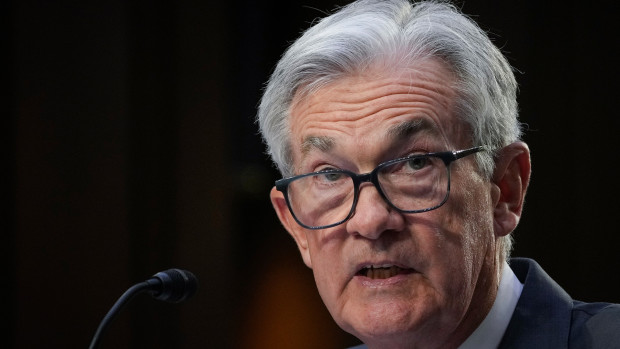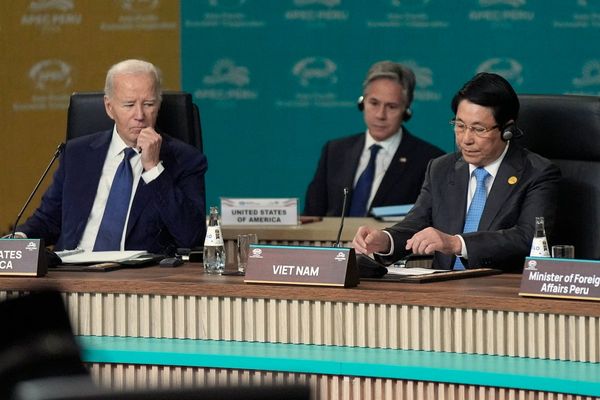
With inflation and job growth slowing, talk already has turned in financial markets from when the Federal Reserve will stop tightening to when it will start easing.
Interest rates, of course, affect individuals through mortgage rates, credit card rates and auto-loan rates among others
Interest-rate futures prices indicate a 74% probability of a rate cut by next May. The Fed’s federal funds rate target now stands in a range of 5.25%-5.5%, after 11 rate hikes since March 2022.
You can add Goldman Sachs economists to the list of those who anticipate a rate reduction in the first half of next year. They see the first one coming in the second quarter.
The PCE inflation factor
At that point, they expect the core personal consumption expenditure (PCE) inflation index to have fallen below 3% year-on-year and below 2.5% on a monthly annualized basis.
The PCE index is the Fed’s favored inflation indicator. The core PCE index, which excludes food and energy, climbed 4.1% year-over-year in June and gained 3.7% on a monthly annualized basis.
“The motivation for cutting outside of a recession would be to normalize the fed funds rate from a restrictive level back toward neutral once inflation is closer to the Fed’s target” of 2%, Goldman economists wrote in a commentary.
In June, the median forecast of Fed officials called for a fed funds rate of 5.6% by year-end of 2023, 4.6% next year, and 3.4% in 2025. The prediction is for 2.5% beyond then. So presumably the Fed’s neutral rate is 2.5%.
Easing not guaranteed
To be sure, it’s not a slam dunk that the Fed will trim rates in the 2024 second quarter, the Goldman economists said.
“Normalization (of the fed funds rate) is not a particularly urgent motivation for cutting, and for that reason we also see a significant risk that the Fed will instead hold steady,” they said.
The Fed might not cut because inflation might not fall enough. Or it might hold off because solid growth, a tight labor market, and a further easing of financial conditions might make cutting seem like an unnecessary risk, the economists said.
Once the Fed starts lowering rates, “we are penciling in 25 basis points of cuts per quarter,” they said. “But we are uncertain about the pace. The Fed might move slowly if … it fears further boosting asset prices and strengthening an economy with an already-tight labor market.”
On the other hand, “it could cut more quickly from a high starting point if it is more confident that the inflation problem is unlikely to return.”
Goldman economists see a long-term funds rate of 3%-3.25%, higher than the Fed’s 2.5%. The rising budget deficit helps explain the difference.







